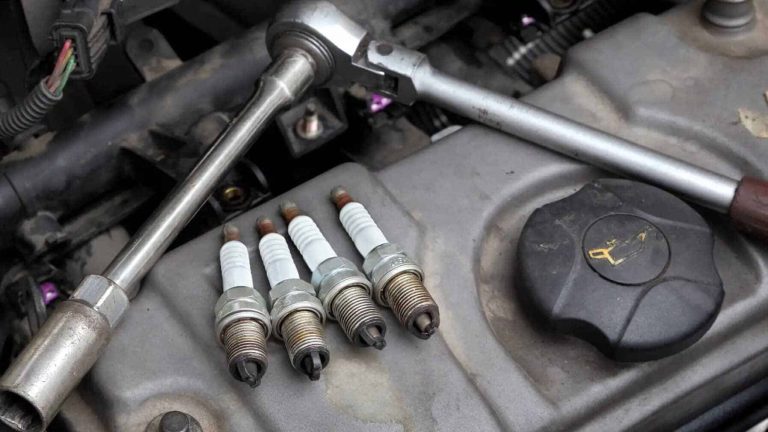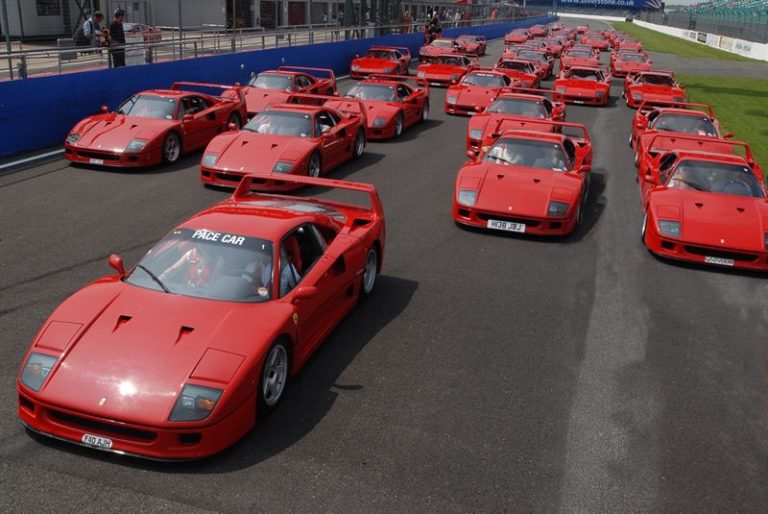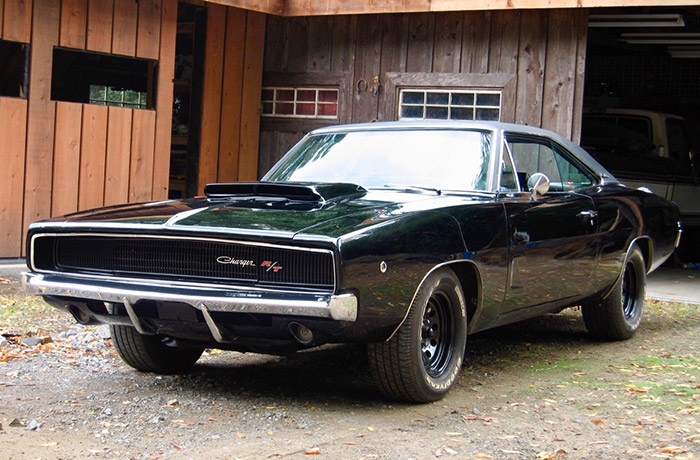For automotive enthusiasts and Ferrari fans, those two simple letters “GT” carry immense significance and prestige. The GT designation represents a crucial segment of Ferrari’s legendary vehicle lineup that has captivated driving purists for generations.
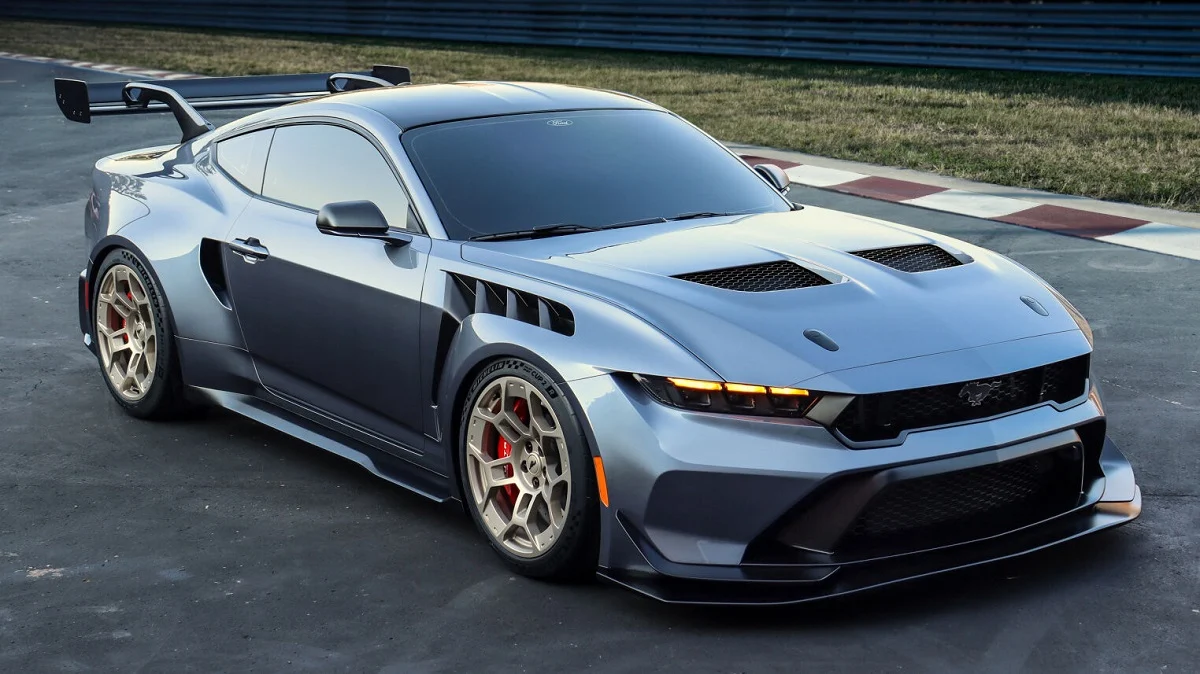
What Does GT Stand For?
GT typically stands for “Grand Tourer”. It refers to a type of high-performance luxury coupe or sports car that is designed for long-distance driving with a combination of performance and comfort.
Some key characteristics of GT cars include:
- Large, powerful engines (often V8 or V12)
- Emphasis on high-speed cruising and touring capabilities
- Luxurious and well-appointed interiors
- 2-door coupe body styles
- Sporty yet comfortable ride and handling
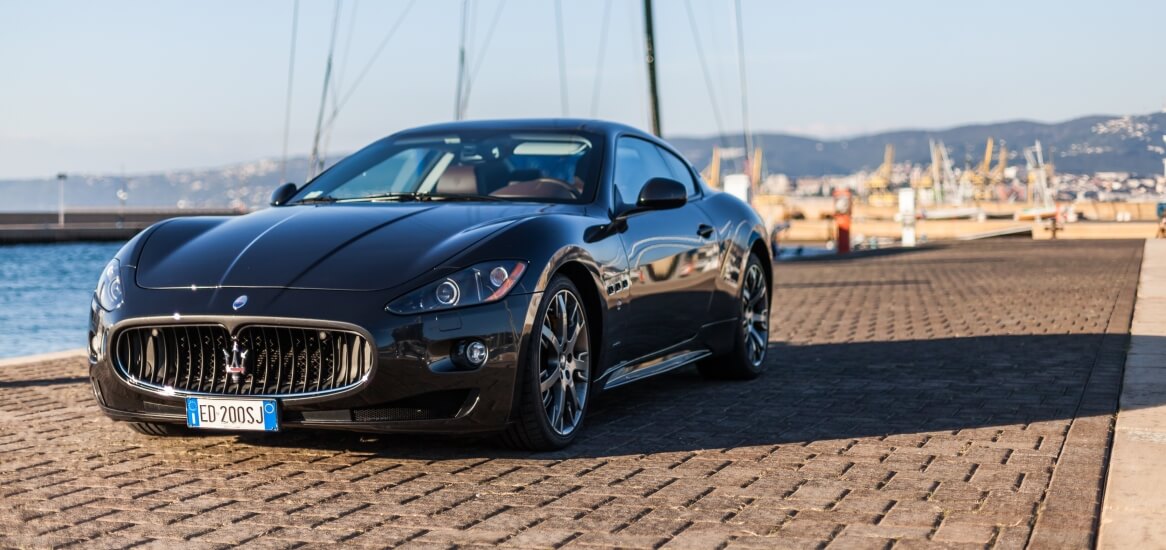
The term Grand Tourer originated in the 1950s and 1960s to describe cars like the Ferrari 250 GT, Aston Martin DB5, and Jaguar E-Type that could cross countries at high speeds while providing a luxurious driving experience.
Some modern examples of GTs include the Bentley Continental GT, Mercedes-Benz SL, BMW 8 Series, and Aston Martin DB11 among others. The “GT” designation separates them from more hardcore sports cars focused purely on performance.
What Was The First GT Car?
The concept of the Gran Turismo (GT) car, combining high performance and luxury for long-distance driving, has roots that go back several decades. While the exact “first” GT car can be a matter of debate due to the evolving definition of what constitutes a GT car, one of the earliest and most influential cars to embody the GT principles was the Alfa Romeo 6C 1750 GS (Gran Sport) of the early 1930s.
The Alfa Romeo 6C series, particularly the 1750 GS version, is often cited as one of the progenitors of the GT philosophy. Designed by Vittorio Jano, the 6C 1750 GS was launched in 1929, and it combined a lightweight body, a powerful engine, and excellent handling characteristics. Its design was focused on being capable of both competitive racing and comfortable high-speed road travel, making it a versatile and innovative vehicle for its time.
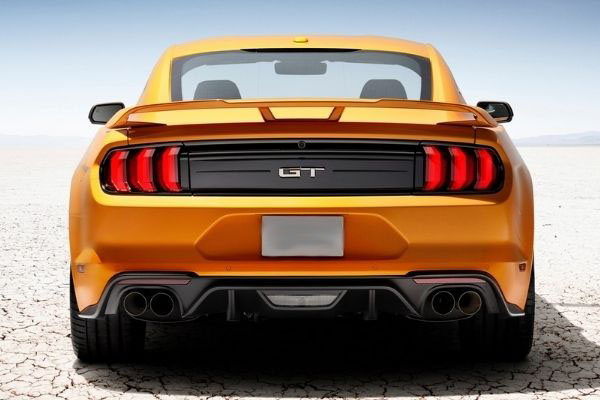
The 6C 1750 GS was successful in both racing and as a luxury vehicle for affluent customers who demanded speed, elegance, and comfort. It featured a supercharged six-cylinder engine and was available in various body styles, including some designed by renowned coachbuilders such as Zagato, which were known for their lightweight and aerodynamic designs. These characteristics helped to lay down the foundational principles of what would later be known as Gran Turismo cars.
Examples Of Grand Tourers
Grand tourers (GTs) are luxury performance cars designed for high-speed and long-distance driving, combining comfort with sporting capabilities. Here are several notable examples spanning various eras and manufacturers, showcasing the diversity and evolution of the GT concept:
1. Classic Grand Tourers:
- Ferrari 250 GT California Spyder (1957-1963): An iconic classic, known for its stunning design and performance. It’s one of the most desirable Ferraris ever made.
- Aston Martin DB5 (1963-1965): Famous for its association with James Bond, the DB5 embodies the elegance and performance of a classic GT car.
- Jaguar E-Type (1961-1975): Renowned for its beauty and high performance, the E-Type is a symbol of 1960s automotive excellence.
2. Modern Grand Tourers:
- Bentley Continental GT (2003-Present): A blend of luxury and power, the Continental GT is known for its refined performance and sumptuous interior.
- Aston Martin DBS Superleggera (2018-Present): This car combines modern technology with timeless design, offering incredible speed and luxury.
- Ferrari Portofino (2017-Present): The Portofino is a versatile GT, providing a mix of performance, comfort, and open-top driving pleasure.

3. Contemporary Innovations:
- Porsche 911 Turbo S (Various Generations): While primarily known as a sports car, the 911 Turbo S offers GT-level comfort and blistering performance, making it a versatile choice for both spirited and relaxed driving.
- Mercedes-Benz S-Class Coupe (2014-2021): Though often categorized as a luxury coupe, the S-Class Coupe offers grand touring capabilities with its powerful engines, advanced technology, and opulent comfort.
- McLaren GT (2019-Present): McLaren’s take on the grand tourer focuses on combining supercar performance with the comfort and practicality needed for long-distance travel.
4. Electric and Hybrid Grand Tourers:
- Tesla Model S (2012-Present): As an all-electric sedan, the Model S redefines grand touring with its long-range, high-performance, and spacious, luxurious interior.
- Polestar 1 (2019-2021): This hybrid GT car combines electric and combustion power for efficient performance, wrapped in a sleek, Scandinavian design.
Frequently Asked Questions
What is a grand touring car?
A grand touring car, often abbreviated as GT, is a type of car designed for long-distance driving with high speeds in mind. These vehicles typically blend luxury and performance attributes, offering a comfortable and exhilarating driving experience.
How did grand tourers evolve over time?
Grand tourers have evolved over time, influenced by motorsports and advancements in technology. The evolution has seen a shift towards sleek design, aerodynamic efficiency, and a blend of high performance with luxury, exemplified in modern models like the Porsche Panamera and BMW 8 Series.
What are some iconic grand touring car models?
Iconic grand touring car models include the Ferrari 250 GT, Jaguar E-Type, and Aston Martin DB5. These classic cars represent the spirit of adventure, style, and refinement that have captivated automotive enthusiasts worldwide.
What role did racing events play in shaping grand tourers?
Racing events played a significant role in defining grand tourers, inspiring manufacturers like Ferrari to produce specialized road and competition versions of their models. Motorsports influenced the design, performance, and features of grand tourers throughout their evolution.
How do modern manufacturers blend performance and luxury in grand tourers?
Modern manufacturers blend performance and luxury in grand tourers by incorporating advanced technology, materials, and design elements. Models like the Porsche Panamera and BMW 8 Series showcase a seamless integration of high-performance engines, lavish interiors, and cutting-edge features for an unparalleled driving experience.
Hi! I’m Larry Gibbs, studying mechanical engineering with a focus on cars. I really love Ferraris and write blog posts about the latest car stuff. When not studying or blogging, I’m usually on a road trip exploring new places. I also enjoy playing football and watching movies. Life’s an adventure, and I’m all about enjoying the ride!







